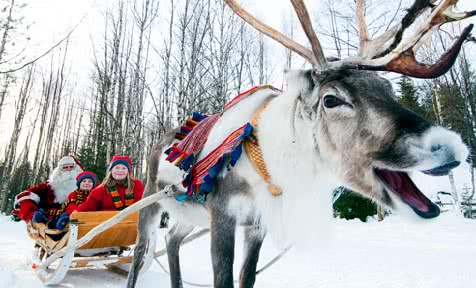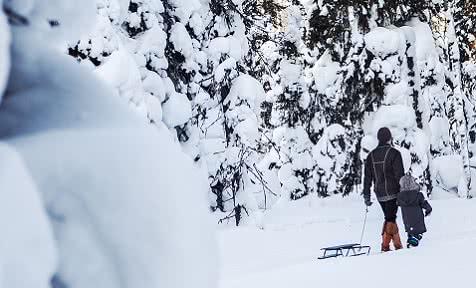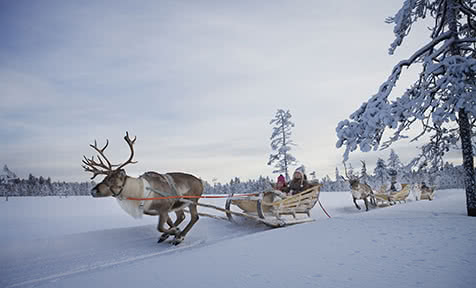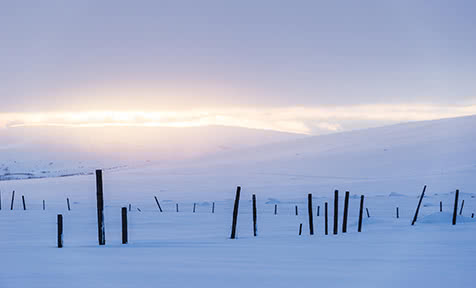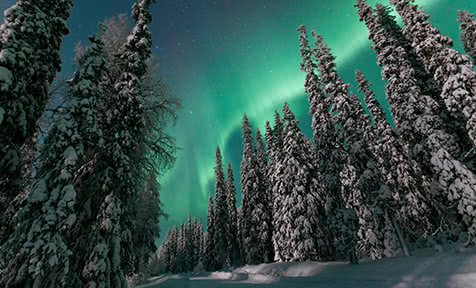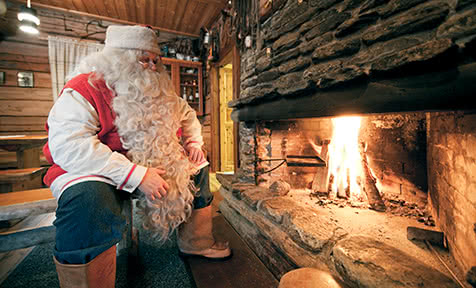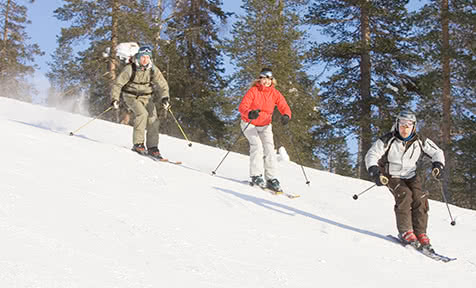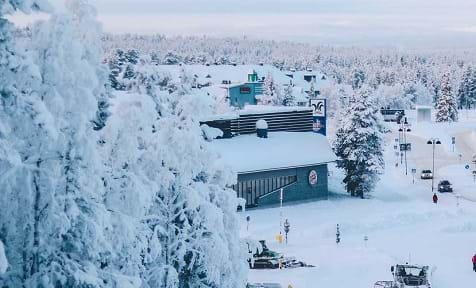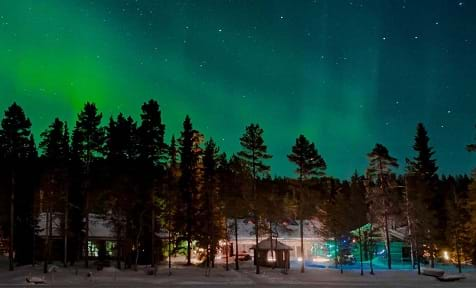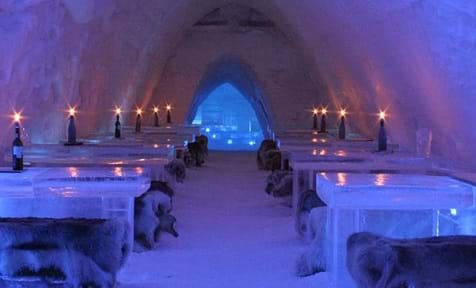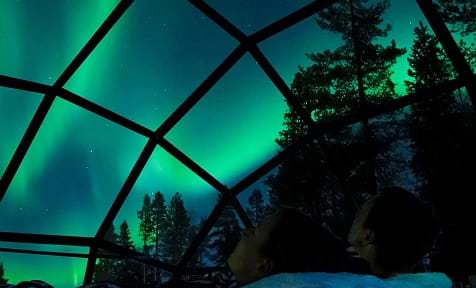Lapland History
All about Lapland’s past from SNO
It’s widely believed that Lapland was first inhabited after the Scandinavian ice caps began to melt around 7000 years ago. The Sami people were among the first natives of the region and rock carvings from thousands of years ago show age old practices like reindeer herding which continue today.
Like many parts of the world, wars and disputes have had massive impact on the land and its people. When it comes to actual historical sites, there isn’t too much to actually see – the events below will explain why…
with your own travel concierge. Don’t hesitate to drop us a line – we’ll
help plan your perfect Lapland Holiday.
020 7770 6888 ← online or call ↴
020 7770 6888
With its natives making use of natural resources from fish to fur, Lapland began to fruitfully develop over the middle ages, catching the eye of the more powerful countries as it overlapped several borders. Already there were stirrings of rivalry between Denmark-Norway and Sweden-Finland. In the 16th century, when trade and progress began to slow, Sweden tried to up its control over the northern areas. This, combined with further skirmishes with Denmark, resulted in the Knared peace agreement of 1613 where Sweden actually lost its control over the region.
Skip forward to 1808 when Sweden had political influence over Finland. Tsar Alexander I sent troops to challenge Swiss points in Finland, pushing them back. The Fredrikshamn was soon signed in 1809, giving Swedish control of Finland over to the Tsar and detailing a new border between Sweden and Finland that still exists today. The economic conditions continued to decline and the Sami people experienced quite a bit of collateral damage after this. As the Finns moved to more prosperous places, they started clearing large areas of forest, destroying the land the Sami used for their reindeer.
Lapland through war and peace
The Crimean War
Then came the Crimean war in the 1850s. The Swedish King became worried that Russia was brewing up plans to invade more of Sweden, having already taken its control of Finland away. His concern extended to Norway too due to their union of 1814. As a precaution, Russia was refused the right to fish or graze on Swedish territory. Russia didn’t take this too well and in 1855, Norwegian Sami were no longer allowed to move reindeer over the border into Finland; a massive blow for their migration patterns.
WWII
On 30th November 1939, Finland was attacked by soviet troops as Helsinki refused Stalin’s demands. The Soviet’s believed Germany was going to try and attack them via Finland as it was only 32km from Leningrad. The Finns - on skis and dressed head to foot in white camouflage - held their ground until March 1940. Finland lost 10% of its land in the Moscow Peace Treaty. It wasn’t until 1941 that the Finns decided to join the war - they didn’t support Germany’s reasons for war but it was in their own interest to regain what they had lost in the treaty. By 1941, they’d had enough and the Moscow Armistice of 1944 required them to act against the Germans; driving the 200,000 troops from Finnish Lapland.
With Soviet soldiers to the west and Finnish troops to the south, Germany had no choice. They retreated but not without making a point, burning everything in their wake. Bridges, buildings and land were destroyed causing 100 000 Finnish Laplanders to flee to Norway – which is why you can’t see much evidence of the history around the area today. The state of agriculture and economy were left in such a way that the next 30 years would see more thousands of Laplanders emigrating.
WWI
As the 20th century rounded the corner, Lapland was not in the best of shape with poverty, food shortages and harsh winters resulting in poor harvests. By 1905, Sweden and Norway had broken-off their union and around a decade later, Europe found itself at the brink of WWI. As refugees and goods began to move to and from Russia and Finnish Lapland there was a slight upturn in its fortune. On 6th December 1917, the whole of Finland was able to affirm total independence from Russia with new control coming directly from Helsinki. Pretty soon Finland was at war with itself as opposing political sides were attempting to gain the upper hand.
Today
Today, Lapland has regained much of its pre-war innocence. The Sami people have stayed true to their homeland and stood their ground and ideologies to the point they now have three Sami parliaments across Norway, Sweden and Finland. The Sami culture is thriving and with it comes legacy and heritage for the rest of Europe to wonder at.
Images © Arto Liiti & Visit Finland





